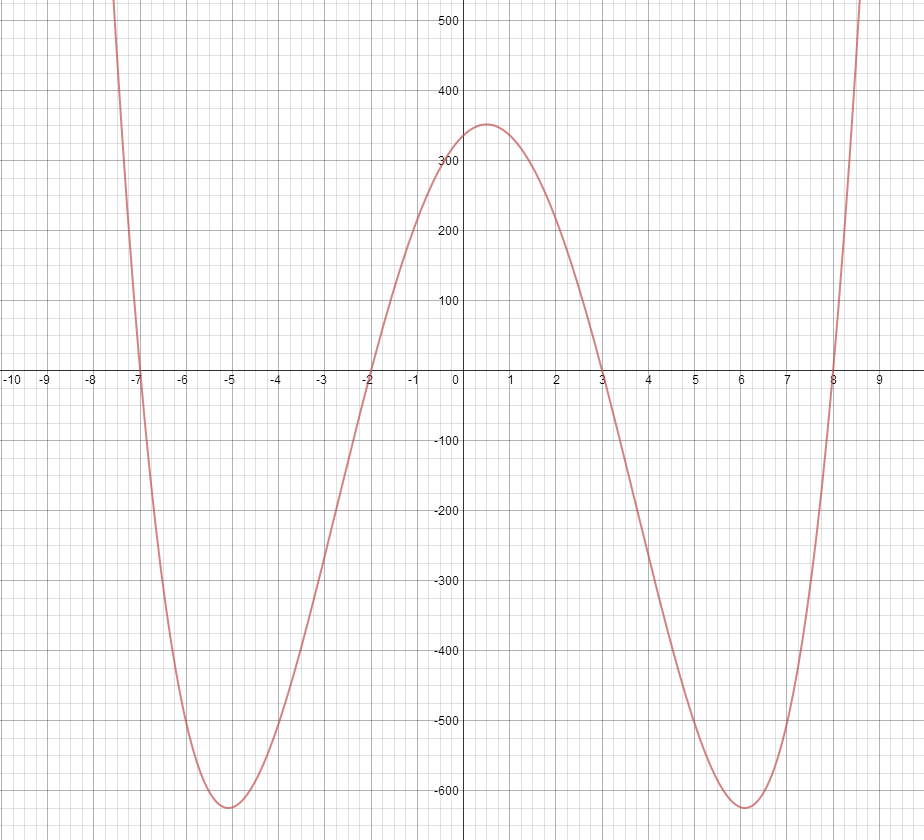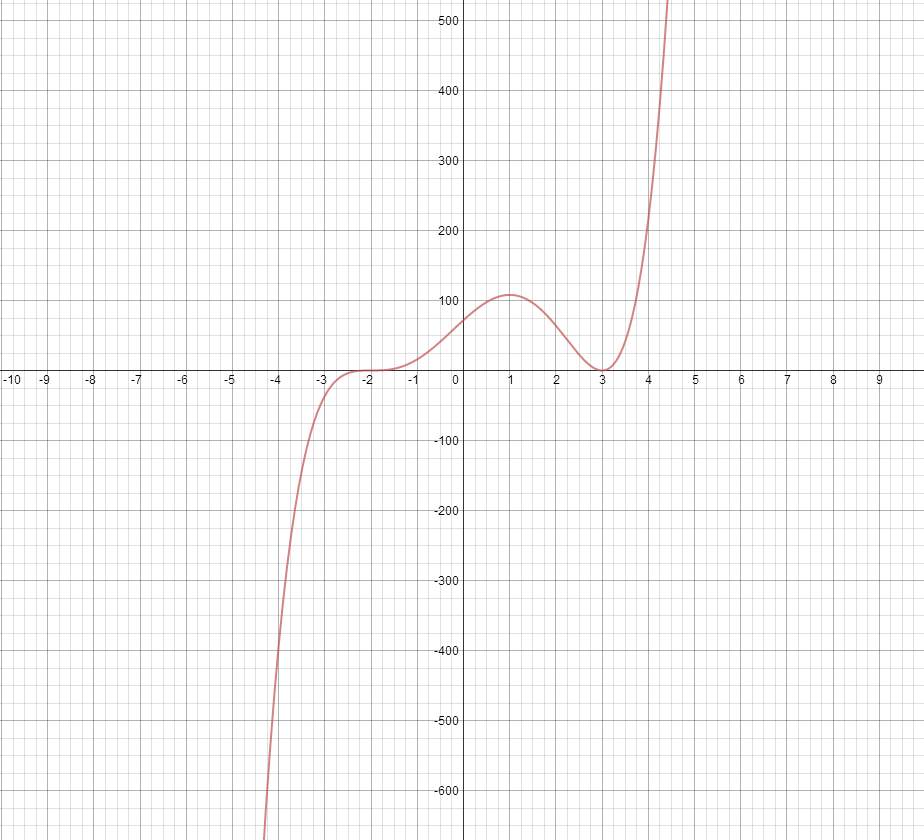A rational equation is an equation that can be written as
Where N(x) and D(x) are polynomials.
The Domain of a rational function includes all real numbers except for any values where D(x)=0. this is because if D(x)=0, The function would be undefined. However, the zeros of D(x) are still important to rational functions. At the zeros of D(x), there is an imaginary line known as a vertical asymptote. As the Graph approaches the asymptote, the Y values will go to infinity and negative infinity but never cross the line where D(x)=0.
Graphs can also have horizontal asymptotes.
If the degree of N(x) is Greater than the degree of D(x), then there is no horizontal asymptote.
If the degree of N(x) is less than the degree of D(x), then there is a horizontal asymptote at Y=0.
If the degree of N(x) is equal to the degree of D(x),then the horizontal asymptote is determined by the ratio of the leading coefficients of the numerator and denominator.
Other points of interest include:
X-intercepts: when f(x)=0 or more simply, when N(x)=0.
Y-intercept: f(0)
Example:
Based on the equation, we can determine that there will be a vertical asymptote at x=3 and a horizontal asymptote at y=2.
By solving for f(0), we can determine that the y-intercept will be at (0, 0)
By solving for f(x)=0, we can determine that there is an x-intercept at (0, 0)
In order to describe what the graph is doing at the vertical asymptote, we must use limit notation.
Saying that the graph decreases as it moves toward the Asymptote from the left, we say
The Superscript - on the 3 indicates the left side of the graph.Thus in order to describe the Right side of the graph we use a superscript + on the 3.

.gif)

.gif)
.gif)
.gif)



.jpg)
.jpg)


 /x-1
/x-1









